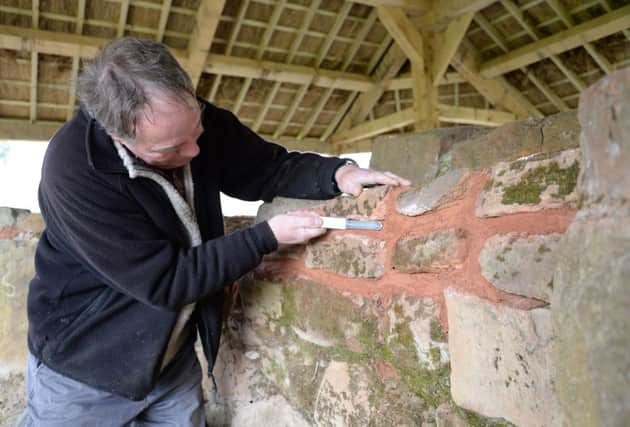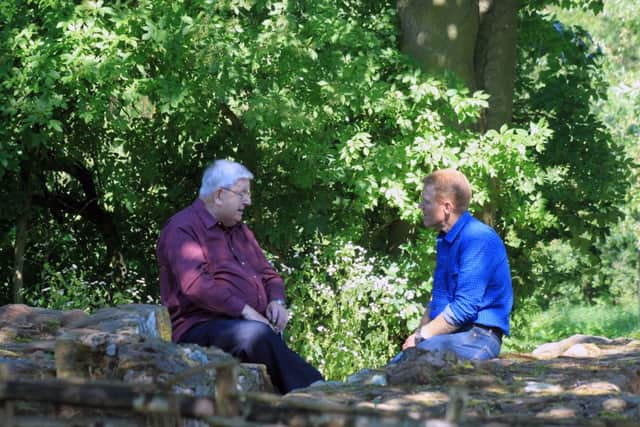Throwing light on Rosedale’s dark history


The illicit nature of the trade means historical records offer few clues but it seems that a few enterprising individuals keen to escape strict controls and monopolies in the glass-making industry fled from London and set up a covert operation in Rosedale in the North York Moors.
The isolated spot, geologically rich, was the perfect place to build a furnace, equipped with the latest technology, to create luxury glass pieces away from prying eyes.
Advertisement
Hide AdAdvertisement
Hide AdToday, what is probably the only Elizabethan glass furnace still in existence in the country can be found at the Ryedale Folk Museum in Hutton-le-Hole. It was transported stone by stone to the museum in the 1960s after being discovered centuries later and now a special shelter has been built to shield it from the elements and preserve it for future generations.


Jennifer Smith, director of the Ryedale Folk Museum said: “The fact that this is probably the only Elizabethan glass furnace still in existence makes this a matchless relic, and possibly the only hard evidence of this illegal trade that brought money and prestige to the region.”
“It seems that a few enterprising men spotted an opportunity to escape London and pioneer glass-making in the North,” she said.
“The North York Moors had the lonely isolation ideal for illicit trade, and were also geologically rich with the ingredients necessary for glass-making. The glass they produced in the late 16th century would have been exquisitely decorative, with a distinctive green tint caused by the high iron content in the sand.
Advertisement
Hide AdAdvertisement
Hide Ad“We may even know the bootleg manufacturer’s names from local church records: Johannes Coutle, Georgius Rathrome, and Rogerus Romfrey.
“Most legitimate businesses would have reused parts of their furnaces or had them removed when glass-making ceased to be their primary concern, but the isolated location of this furnace makes it without equal – it was abandoned rather than closed down and left for us to find centuries later,” she added.
In its day, the furnace would have been extraordinary: designed with the latest, cutting-edge technology it produced luxury glassware that only the wealthy could afford, all requiring ingenuity and skill that was rare in Tudor England. Evidence suggests it was built in the late 16th century by French immigrants fleeing religious persecution on the continent. The refugees helped bring English manufacturing back onto the world stage, giving the country a competitive edge, but from the 1560s, glass-making was controlled with punishing trade sanctions.
After relocating to North Yorkshire to escape these strict controls the manufacturers would have deliberately kept a low profile and as such, little mention is made in the history books.
Advertisement
Hide AdAdvertisement
Hide AdNow thanks to a grant from the Heritage Lottery Fund, a new building has been built to protect the furnace and shield it from the elements after its original shelter was destroyed in a storm in 2011.
Ms Smith said: “This glass furnace tells us a fascinating story of what was happening in Ryedale in the 16th century, so it is crucial to us to preserve this tangible piece of history for future generations – a connection with real people who carried out covert glass-making, with outstanding artistry, in a quiet corner of North Yorkshire.”